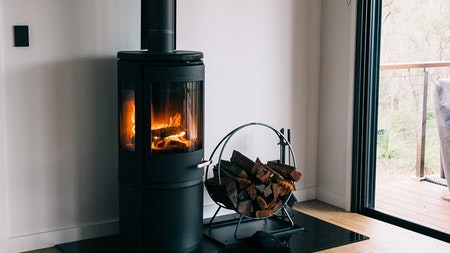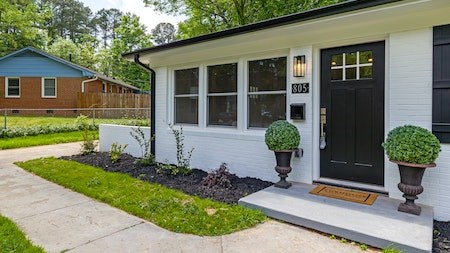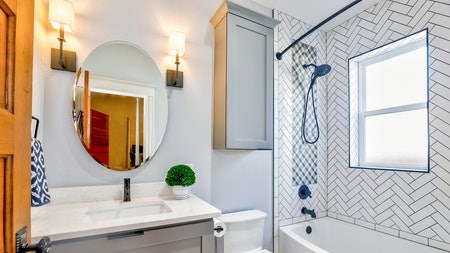Fireplaces are more than a source of heat – they create a warm and cosy ambience that cannot be achieved with even the most high-tech air-conditioner or heater.
It’s important though, to keep in mind that along with owning a fireplace comes the responsibility of maintaining it to make sure it works efficiently without posing a risk to yourself and your family.
Whether you have an open or closed unit that burns wood, coal, pellets, or gas, any fireplace needs regular care and maintenance to keep it in tip-top shape.
Keep it clean
Wood- and coal-burning fireplaces produce a variety of by-products that need regular removal.
Routine cleaning of the interior does more than improving aesthetics - it also improves efficiency, so that your fireplace can produce more heat while consuming less fuel.
As a bonus, wood ash is an excellent source of nutrients for flowering plants so you can sprinkle them in the garden or indoor pots. Always wear a dust mask when cleaning ash out of the fireplace to avoid inhaling the small particles.
Gas fireplaces need a little more than an occasional wipe down with a soft cloth, to keep the exteriors dust-free.
Install a heatproof glass door
A heatproof glass door will make your wood-burning fireplace safer, more efficient, and easier to maintain.
It prevents sparks and embers from tumbling out into the room, and will also keep pets and children from harm.
To clean, dip a damp newspaper or paper towel into the ashes and wipe the soot off the glass. For tough to remove spots, use light sandpaper.
Test before using
At the start of winter, make sure the fireplace is functioning properly before you use it. Light just a few pieces of wood and make sure the smoke is being released through the chimney. If smoke enters the room, find and correct the problem first before loading up the fireplace.
Common issues that could be causing smoke in the room are:
An obstruction in the chimney duct
Too much creosote or soot build-up
A closed damper
Wet wood
Check the chimney
A well-functioning chimney is imperative for an efficient fireplace - whether yours is a masonry or metal chimney.
Regularly check for any cracks, dents, or rust, as they could be signs of more serious problems.
Check the chimney cap and screen and replace them if necessary. The cap is designed to keep water, birds, leaves, and other materials out of the chimney. It has a screen on one side, which also functions as a spark arrester to prevent accidental fires.
Professional help
To make sure that your fireplace works safely and efficiently, have it professionally swept at least once every second year - or more frequently if you notice creosote build-up or other signs of trouble.
Creosote is one of the deposits left behind after wood burns, particularly if you’re using wood that isn’t thoroughly dried or properly stored.
Hard creosote residues on the inner walls of the chimney are flammable, making this a major cause of chimney obstruction or fire. Soot is softer, but covers a much wider area and is also a fire risk. Both types of residues must be removed professionally to prevent blocking the airflow.
Gas fireplaces require less cleaning and maintenance as they don’t produce ash, creosote, or soot. However, they need to be serviced annually by a gas installer certified by the Liquefied Petroleum Gas Association of South Africa (LPGASA). The installer must ensure that there are no gas leaks on the gas lines or appliances and that the fireplace is operating safely and efficiently.
Following these basic steps will help make sure your fireplace continues to provide comfort in style for years to come - safely and economically.




